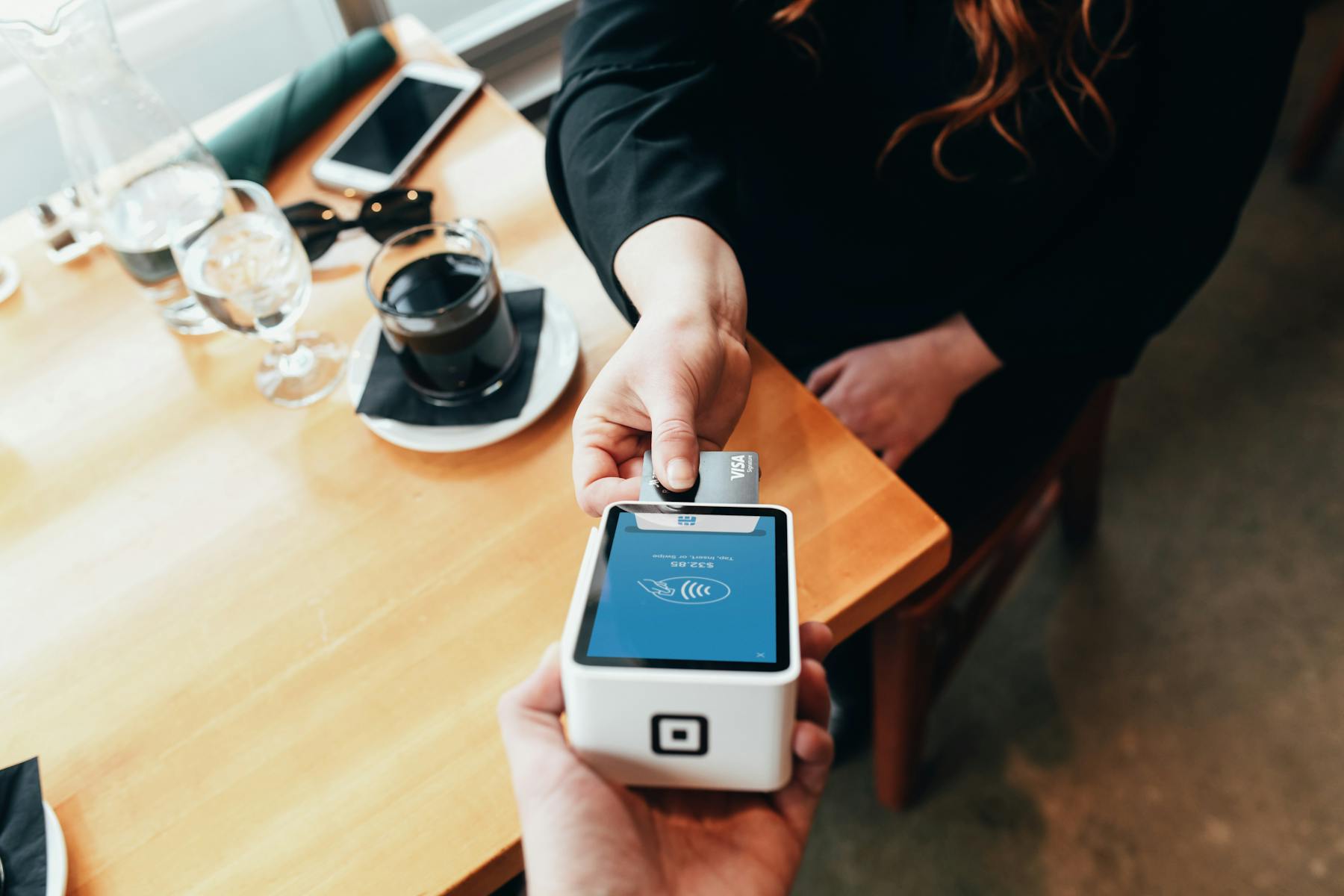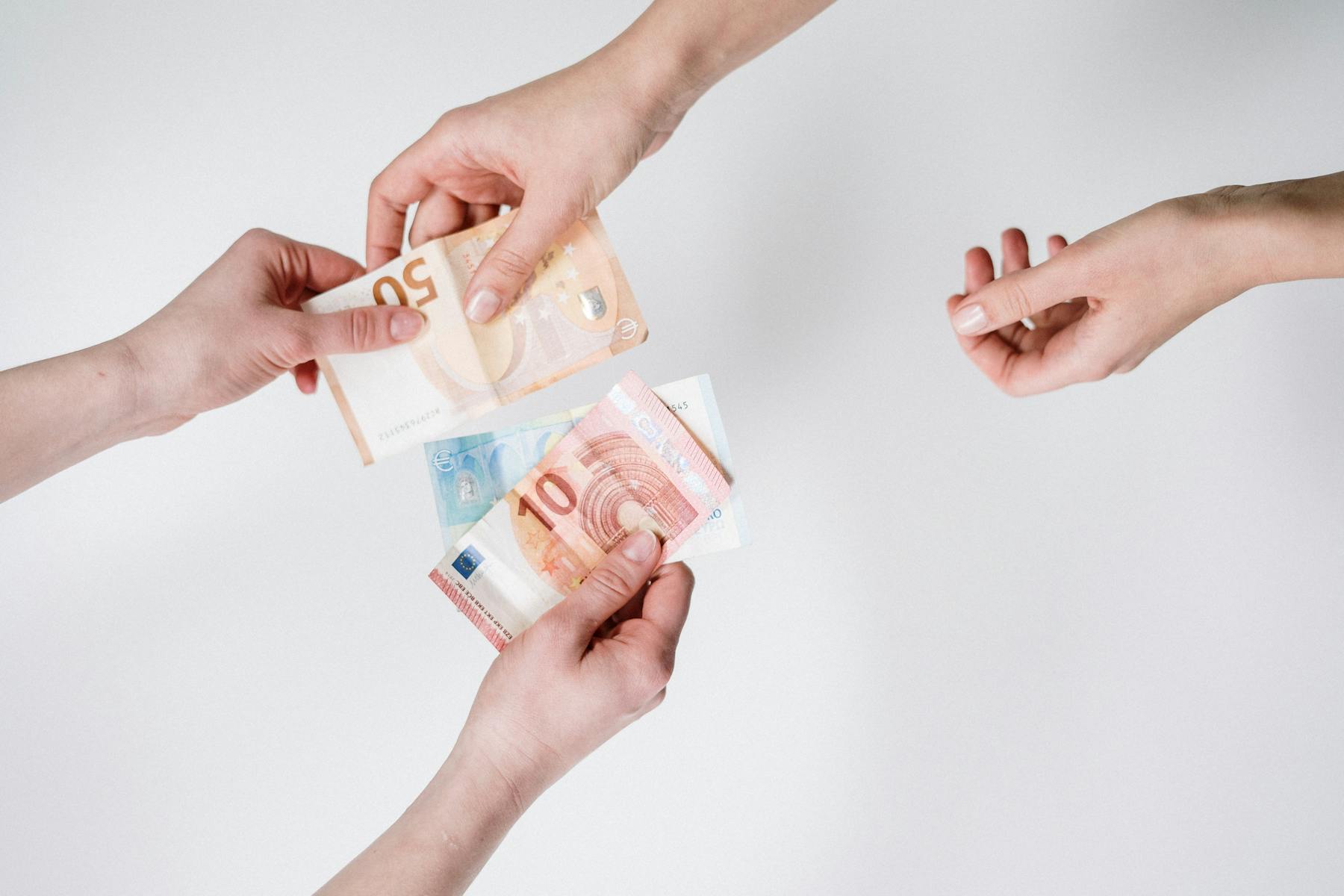 Emil Kalibradov
Emil Kalibradov How Much Spending Money Should You Bring On Your Trip to Italy?
.jpg?auto=compress,format&rect=0,0,1629,1629&w=120&h=120)
Byron Mühlberg
Guide
.jpg?auto=compress,format&rect=0,0,1629,1629&w=120&h=120)
Monito's Managing Editor, Byron has spent several years writing extensively about financial- and migration-related topics.
Links on this page, including products and brands featured on ‘Sponsored’ content, may earn us an affiliate commission. This does not affect the opinions and recommendations of our editors.
Read moreRenowned for its world-class kitchen, rich Roman and medieval history, and lively locals, Italy can be an exciting and memorable country to visit, whether for just a weekend or a few weeks. If you're making a trip there soon, one of the questions that'll probably be on your mind is just how much spending money you should bring along with you.
The answer to this question isn't straightforward. It depends heavily on how long your Italian trip will be and what you plan to do while there. After all, Italy can sometimes be an expensive destination, even if you're planning your trip on a shoestring. That's why it's important to carefully consider your expenses in advance and draw up a budget to suit your holiday preferences. This short guide shows you exactly how!
Manage your spending money with ease with Wise's VISA travel debit card. Not only can you hold, top up, withdraw, and spend euros on the go, but you'll also get some of the lowest and most transparent conversion fees on the market, all for $0 in monthly fees. Open your Wise account now and start saving money on your international finances today!
What Exactly Is Spending Money?
First, let's have a look at what spending money actually is since it'll be helpful to understand what this article does (and doesn't) cover.
When people refer to "spending money" on vacation, they generally mean the discretionary funds they spend on things other than the major pre-planned costs such as flights and accommodation.
Therefore, spending money includes the following things:
- Food, drinks, restaurants, etc.,
- Activities, museum tickets, entertainment, etc.,
- Shopping (e.g. souvenirs, clothing, local products, etc.),
- Local transportation (e.g. trams, trains, taxis, etc.)
- Tips (e.g., restaurants, guides, hotel staff, etc.).
- Any smaller on-the-go purchases.
On the other hand, it doesn't include these kinds of expenses:
- Airfare and transportation to and from your destination,
- Hotels and accommodation,
- Travel insurance,
- Visa fees,
- Pre-booked tours or packages.
With this in mind, let's start unpacking how much things generally cost in Italy and how much you should allocate as spending money before visiting the country.
How Much Do Things Cost in Italy?
In general, Italy is a reasonably cheap place to visit, although as anywhere, it's worth remembering that you can easily spend a lot if you travel to more upmarket hotels and fancy restaurants.
Below, we've provided a rough estimation of how much common discretionary costs (plus hotels, for reference) cost in Italy based on data from Numbeo's Cost of Living database as well as other sources:
| 🍴 Meal for 2 (mid-range restaurant) | €60 (three courses) |
|---|---|
| 🍵 Cup of coffee/tea | €1,60 |
| 🍶 Bottle of water (0.33l) | €1,10 |
| 🚕 Taxi ride | €1,50 /km |
| 🚍 One-way ticket (local transport) | €1,70 |
| 🍷 Bottle of wine (mid-range) | €6 |
| 👖 Pair of jeans | €78 |
| 🏨 Hotel (mid-range) | €90 /night |
It's also worth keeping in mind that the above prices are only averages and that things cost differently depending on where you're going in Italy. For instance, visiting the southern half of the Italian peninsula (more or less everything south of Rome) normally tends to be quite a bit cheaper than visiting bustling tourist or financial centres of the north like Milan, Venice, and Florence.
So, what does this all mean for how much spending money you should aim to budget for your trip? We explore this question in the following section.
How Much Spending Money Is Needed For Italy?
Based on the average cost of living and prices for goods and services in Italy, we recommend budgeting in the following ranges, depending on your overall budget and travel preferences:
- Shoestring (absolute minimum needed): €25 - €40 /day
- Low budget (still watching the wallet): €40 - €60 /day
- Mid budget (comfortable, but still careful): €60 - €90 /day
- High budget (comfort over costs): €90 - €200 /day
- Luxury (only the very best): €200+ /day
Save Money With a Multi-Currency Card
Regardless of your budget, spending money in a foreign currency like the euro can result in hefty currency exchange charges whenever you tap your card or withdraw cash. To make matters worse, these fees are often not transparent, meaning you'll only notice them on your credit card statement at the end of the month. Some are even completely hidden, like the exchange rate margin, which is charged when the exchange rate applied to your transaction is worse than the real prevailing exchange rate at the time of the transaction.
For these reasons, using a multi-currency debit card whenever you travel is a smart idea. By adding a balance in a foreign currency before your trip, you can reduce unforeseen or sneaky fees when spending money.
In our opinion, Wise is the best all-round option. Its VISA debit card links to an online account and app where you can add, receive, convert, transfer, and spend money in over 50 currencies, including euros. The best part is the fees are low (much lower than an ordinary debit card) and fully transparent!
- Free account opening and VISA debit card,
- Low fees of 0.4% to 2% for international money transfers,
- Get local bank details in 10 countries
- Free and instant transfers between Wise users
- Instant notifications on transactions and real-time spending reports
Tips For Spending in Italy
In addition to our biggest money-saving tip of using a travel debit card like Wise, here are a few other tips for spending money and paying while in Italy:
Tip 1: Always Pay in Euros
The local currency in Italy, the euro, might sound like an expensive choice because of the currency exchange costs involved with exchanging from your home currency, but if you're ever asked to choose to pay in your home currency or the local one (e.g. at a card machine or ATM), then always choose the local one, in this case, the euro.
That's because of a sneaky fee called a dynamic currency conversion, or DCC. ATM networks and card payment terminals deliberately give you this choice in an attempt to double-charge you on the currency exchange. They create a sense of urgency and the false idea that the local currency is the expensive choice, whereas, on the contrary, it's the cheaper choice.
Tip 2: Make Fewer, Larger ATM Withdrawals
You save money by making one or two larger ATM withdrawals than smaller, more frequent ones. That's because ATM network withdrawal fees are usually charged per withdrawal. For example:
- Withdrawing €500 for your whole trip would see you charged around €5 in withdrawal fees, but
- withdrawing five withdrawals of €100 each instead would see you charged €25 in withdrawal fees.
If you plan to return to Italy in the future, overdrawing isn't a problem since you'll have spare cash to take on your next trip.
Tip 3: Avoid Airport Exchanges
Currency exchange booths at airports typically offer very poor exchange rates. It's a far better idea to skip these altogether and withdraw euros directly from an ATM (preferably using a multi-currency card like Wise rather than your ordinary credit or debit card).
Tip 4: Check with Your Bank
It's always a good idea to contact your bank before your trip to ask if it has partnerships with any local Italian banks or ATM networks to reduce or waive fees. If it does, this can help you save money when withdrawing cash.
Tip 5: Plan Ahead
Exchange some money before your trip when exchange rates are favourable, or order currency online through competitive services. If you'd like to pick up euro banknotes before your trip, we recommend Change Group in particular, whose rates are a bit better than those you'll find at bureaux de change at the airports upon arrival.
FAQ About Spending Money in Italy
How much spending money can you take abroad?
It depends on your budget, destination, trip length, comfort preferences, and desired activities. Budgeting around half of what you spend per day on hotels should give you a minimum amount of spending money to work with.
Check out these travel guides too:






Why Trust Monito?
You’re probably all too familiar with the often outrageous cost of sending money abroad. After facing this frustration themselves back in 2013, co-founders François, Laurent, and Pascal launched a real-time comparison engine to compare the best money transfer services across the globe. Today, Monito’s award-winning comparisons, reviews, and guides are trusted by around 8 million people each year and our recommendations are backed by millions of pricing data points and dozens of expert tests — all allowing you to make the savviest decisions with confidence.
Monito is trusted by 15+ million users across the globe.
Monito's experts spend hours researching and testing services so that you don't have to.
Our recommendations are always unbiased and independent.
